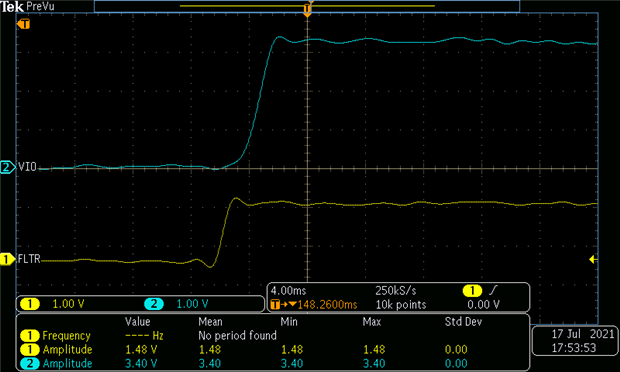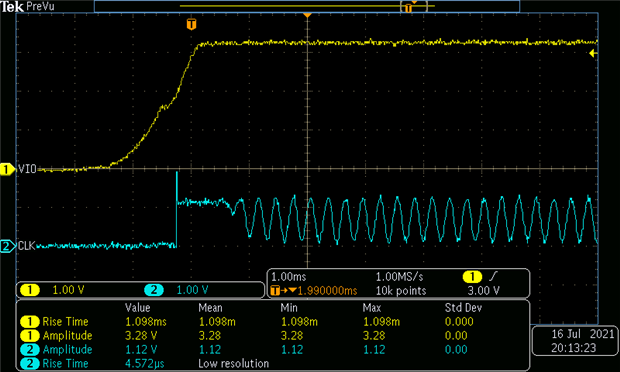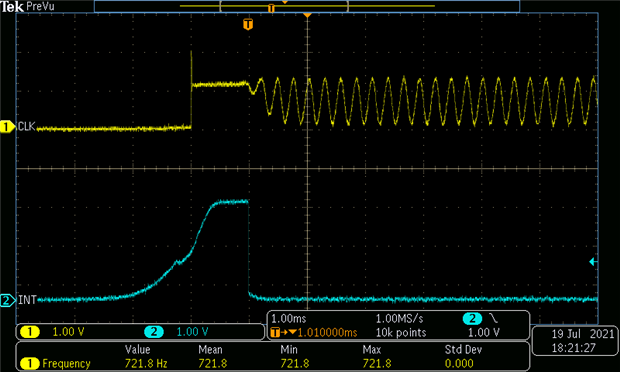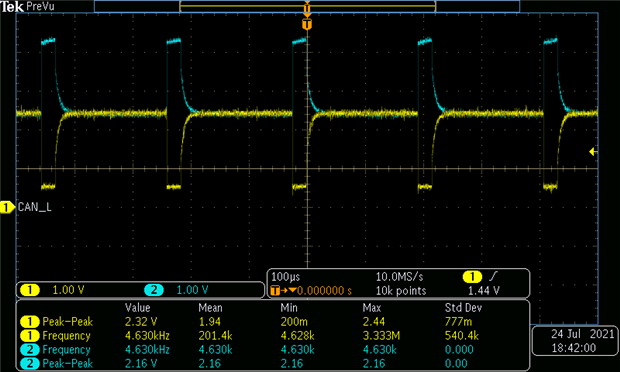Dear Team,
As I am using tcan4x5x driver in linux kernel version 4.14.98, I am facing the below issue
[ 27.788175] tcan4x5x spi0.0: Unsupported version number: 0
[ 28.034275] [<ffff0000087db7f0>] tcan4x5x_can_probe+0x318/0x550
[ 28.085188] [<ffff000009451ecc>] tcan4x5x_can_driver_init+0x18/0x20
[ 28.357443] [<ffff0000087db7f8>] tcan4x5x_can_probe+0x320/0x550
[ 28.408271] [<ffff000009451ecc>] tcan4x5x_can_driver_init+0x18/0x20
[ 28.681485] [<ffff0000087db804>] tcan4x5x_can_probe+0x32c/0x550
[ 28.732311] [<ffff000009451ecc>] tcan4x5x_can_driver_init+0x18/0x20
[ 29.004399] [<ffff0000087db80c>] tcan4x5x_can_probe+0x334/0x550
[ 29.055230] [<ffff000009451ecc>] tcan4x5x_can_driver_init+0x18/0x20
[ 29.088498] tcan4x5x spi0.0: Probe failed, err=-22
[ 29.097673] tcan4x5x: probe of spi0.0 failed with error -22
Please help me to solve this issue. I have traversed the previous queries, and made the changes accordingly, but the driver returns the value -22.
Best regards,
AyshaTT









